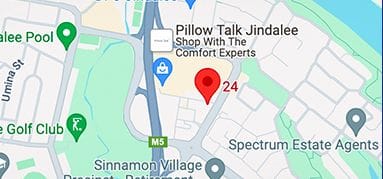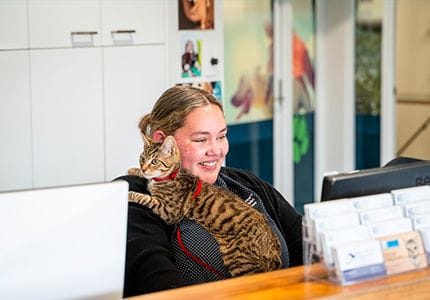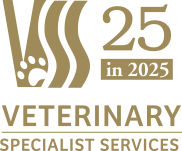Dr Abbie Tipler, one of our surgeons at Veterinary Specialist Services, explains how to care for a closed-suction drain at home.
The equipment you will need for this is as follows:
- An alcohol swab or antiseptic solution for cleaning the drain
- A syringe to measure the fluid protection
- Disposable gloves
You may also need some betadine ointment and a make-up pad or other dressing, depending on your veterinarian advice.
The management of a closed-suction drain at home is fairly simple. In the right situation, it can allow for your pet to recover in the comfort of their own home, versus in the hospital.
)






